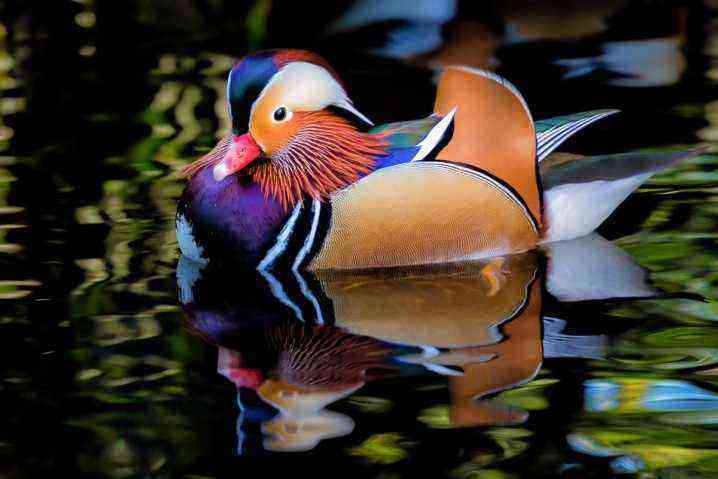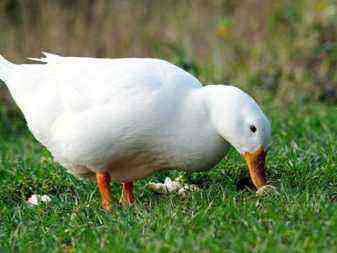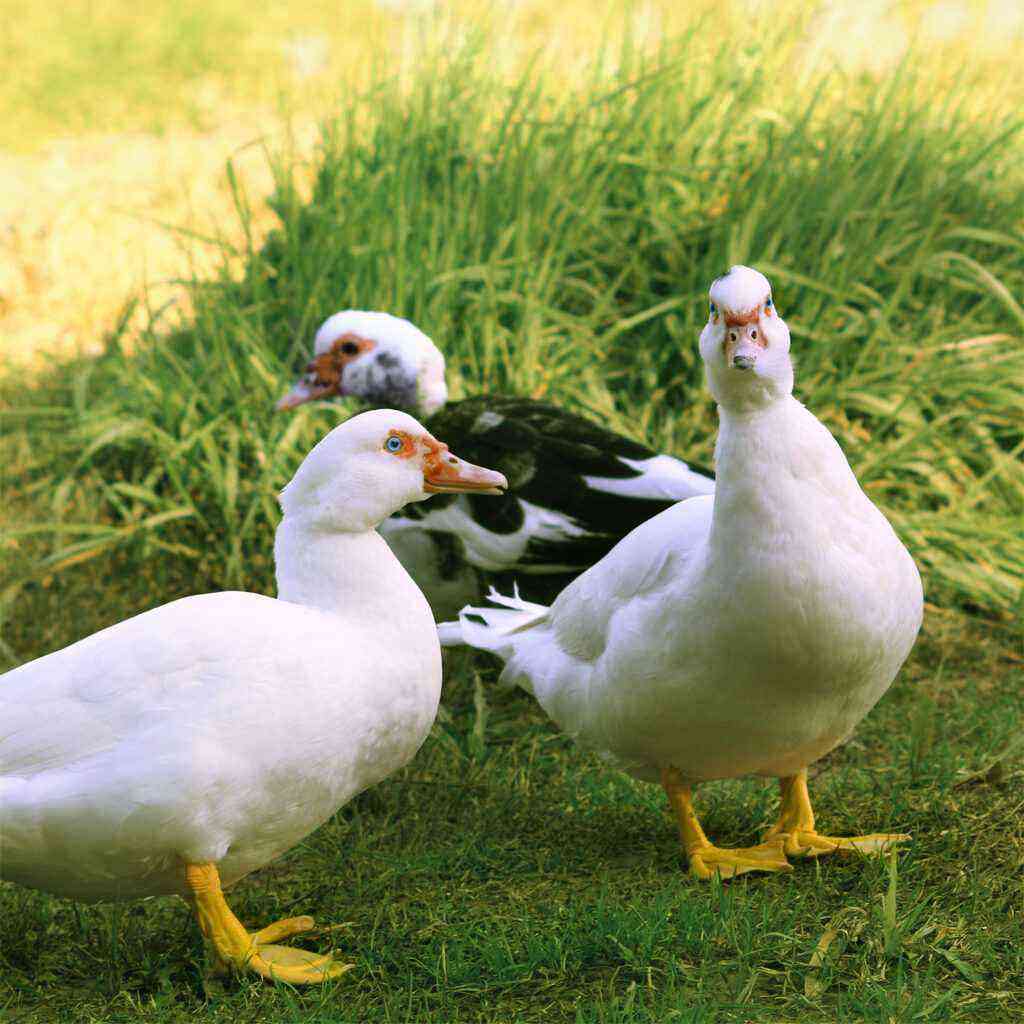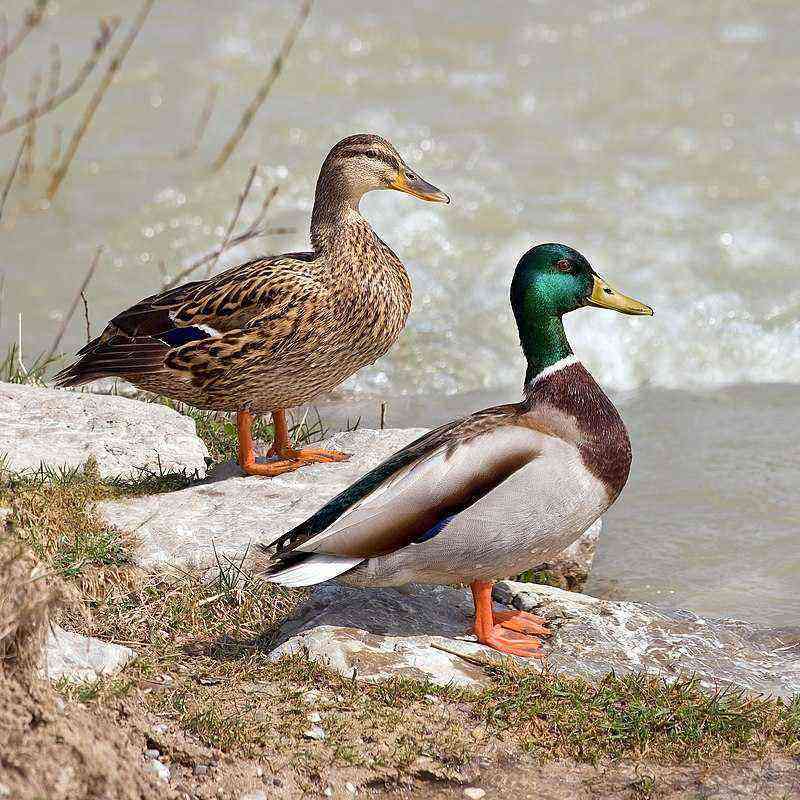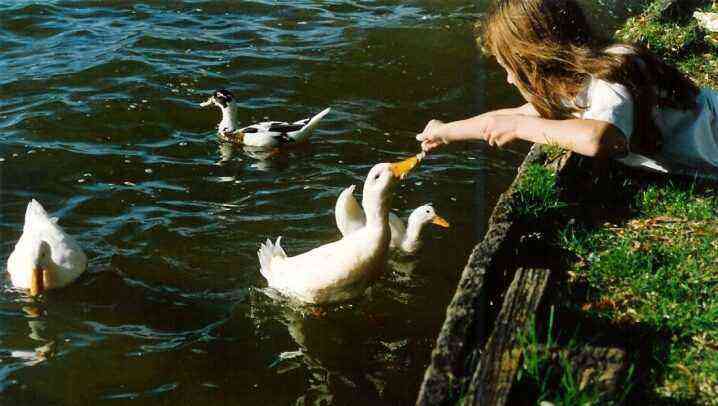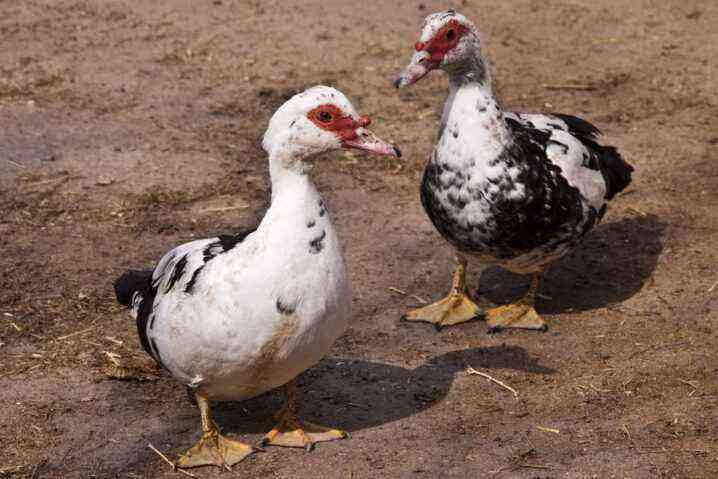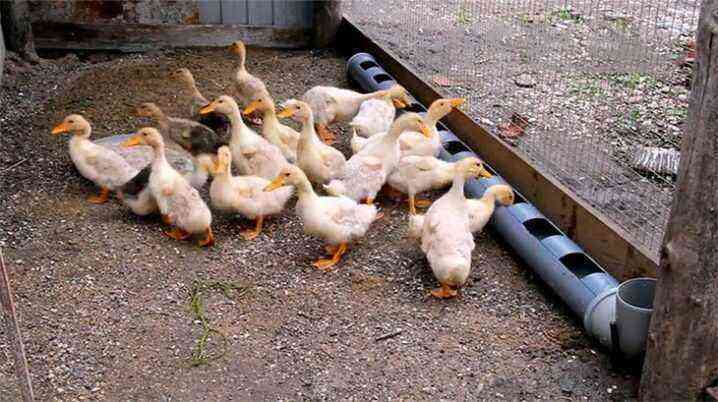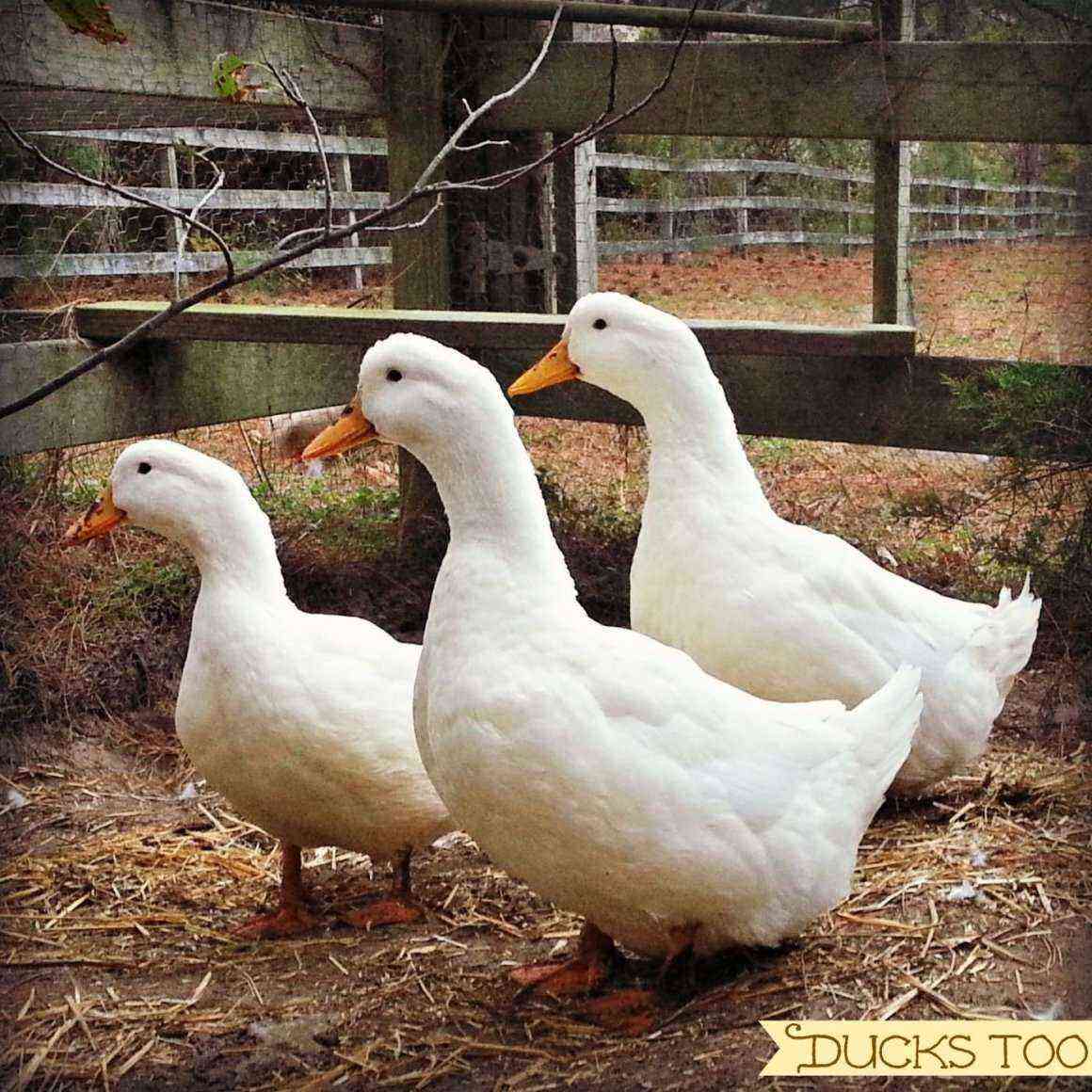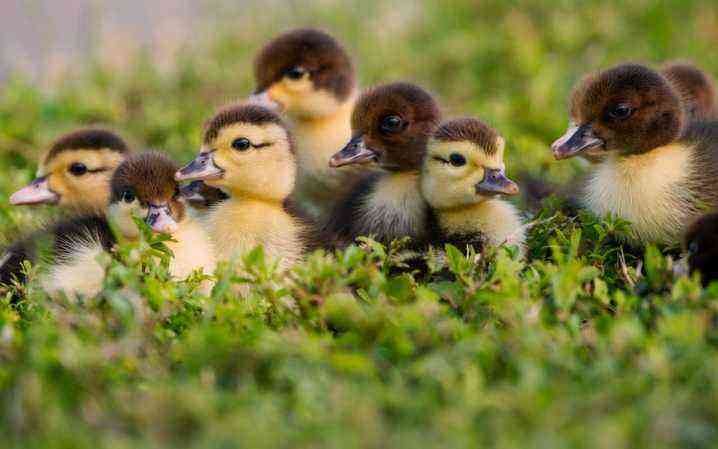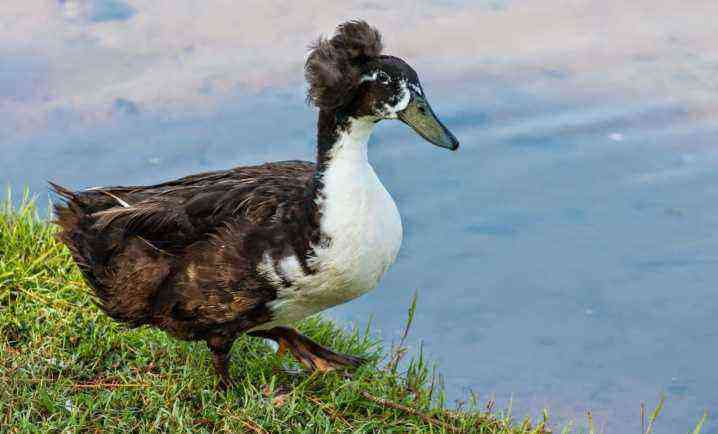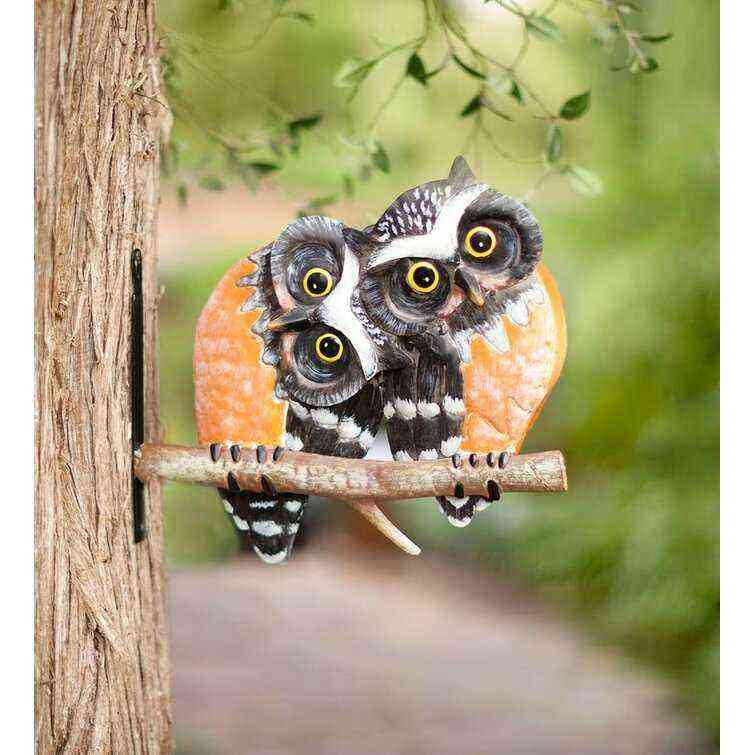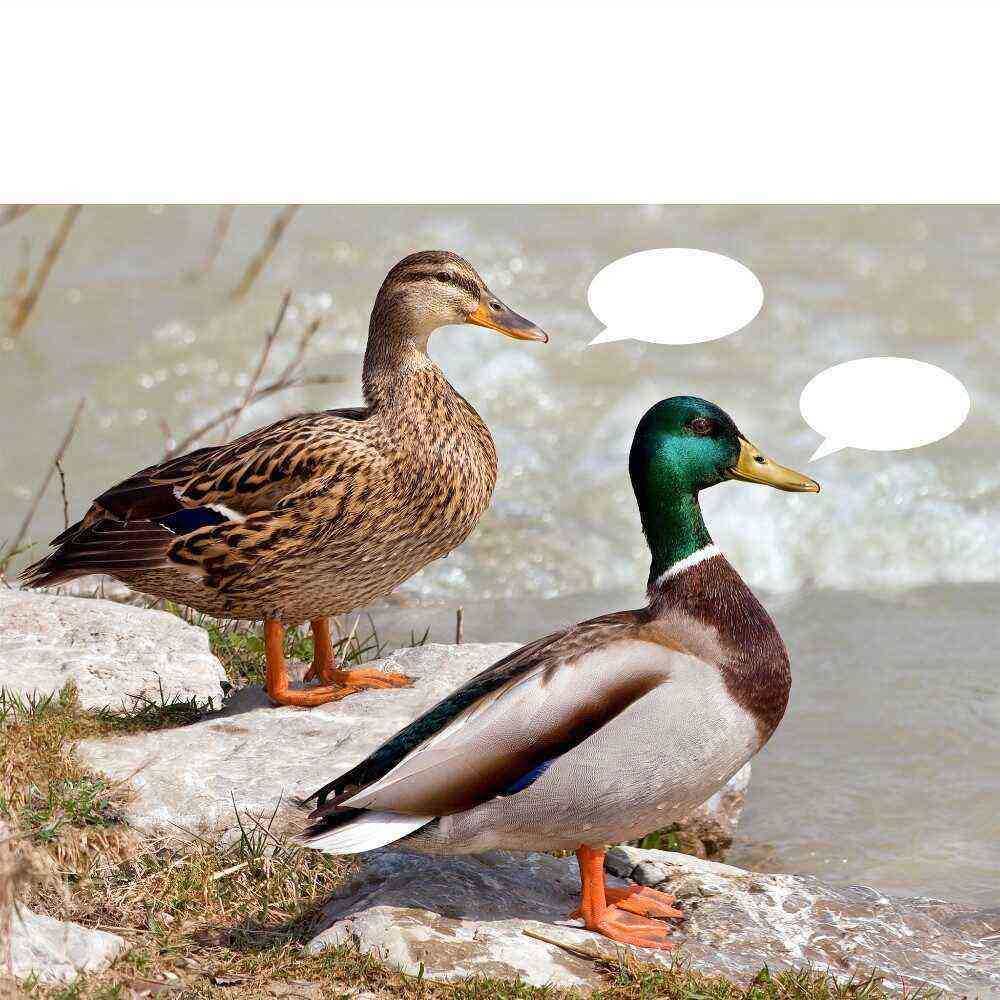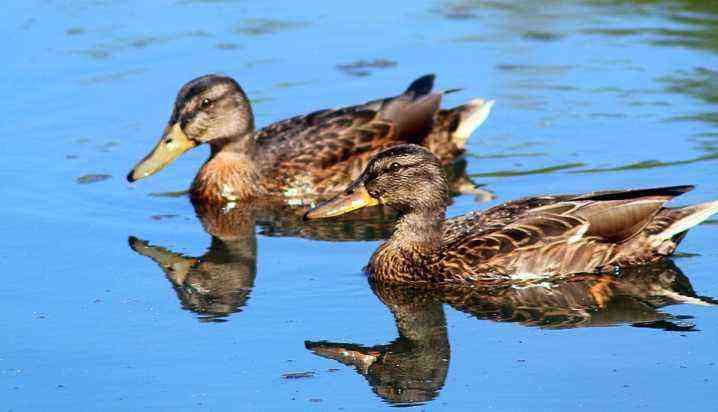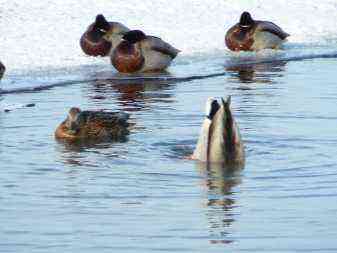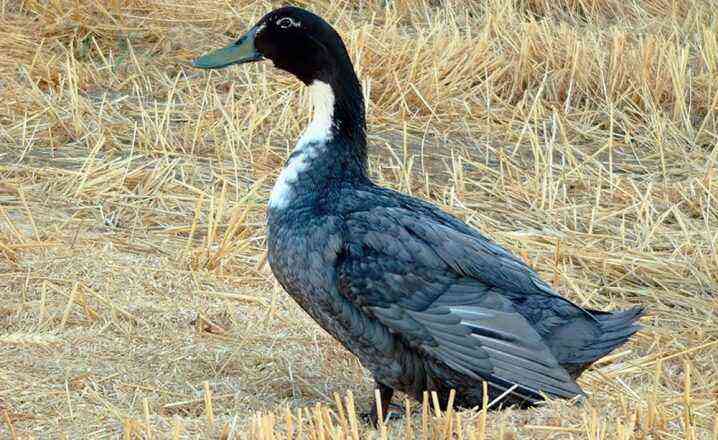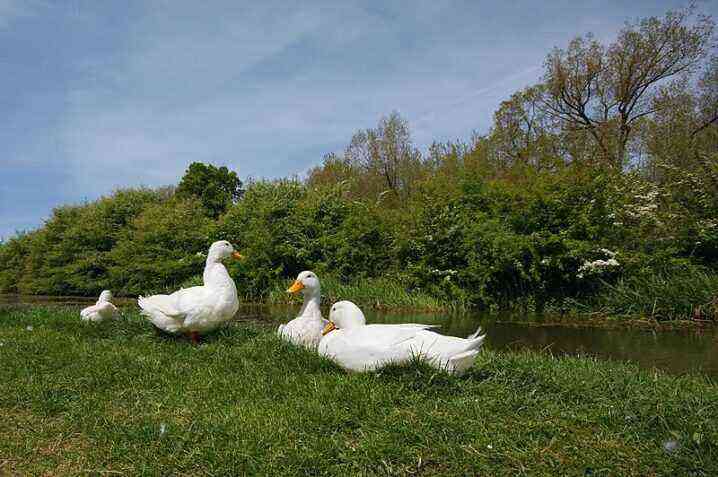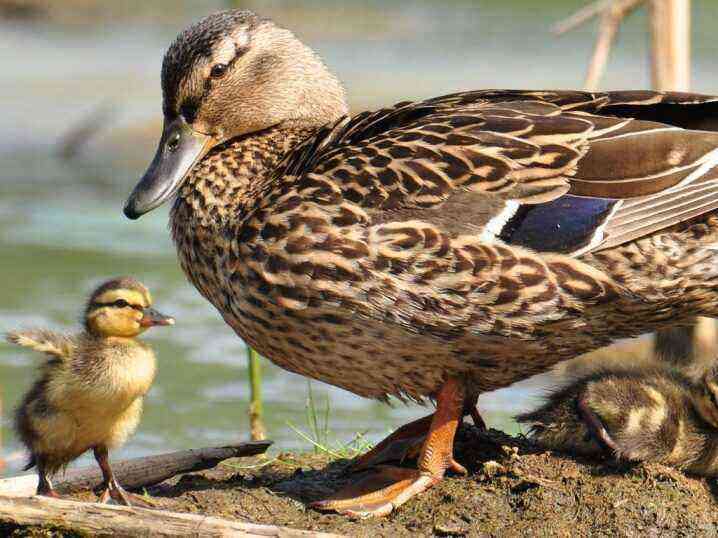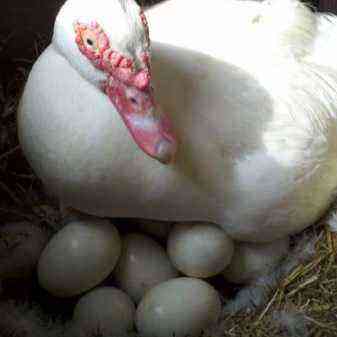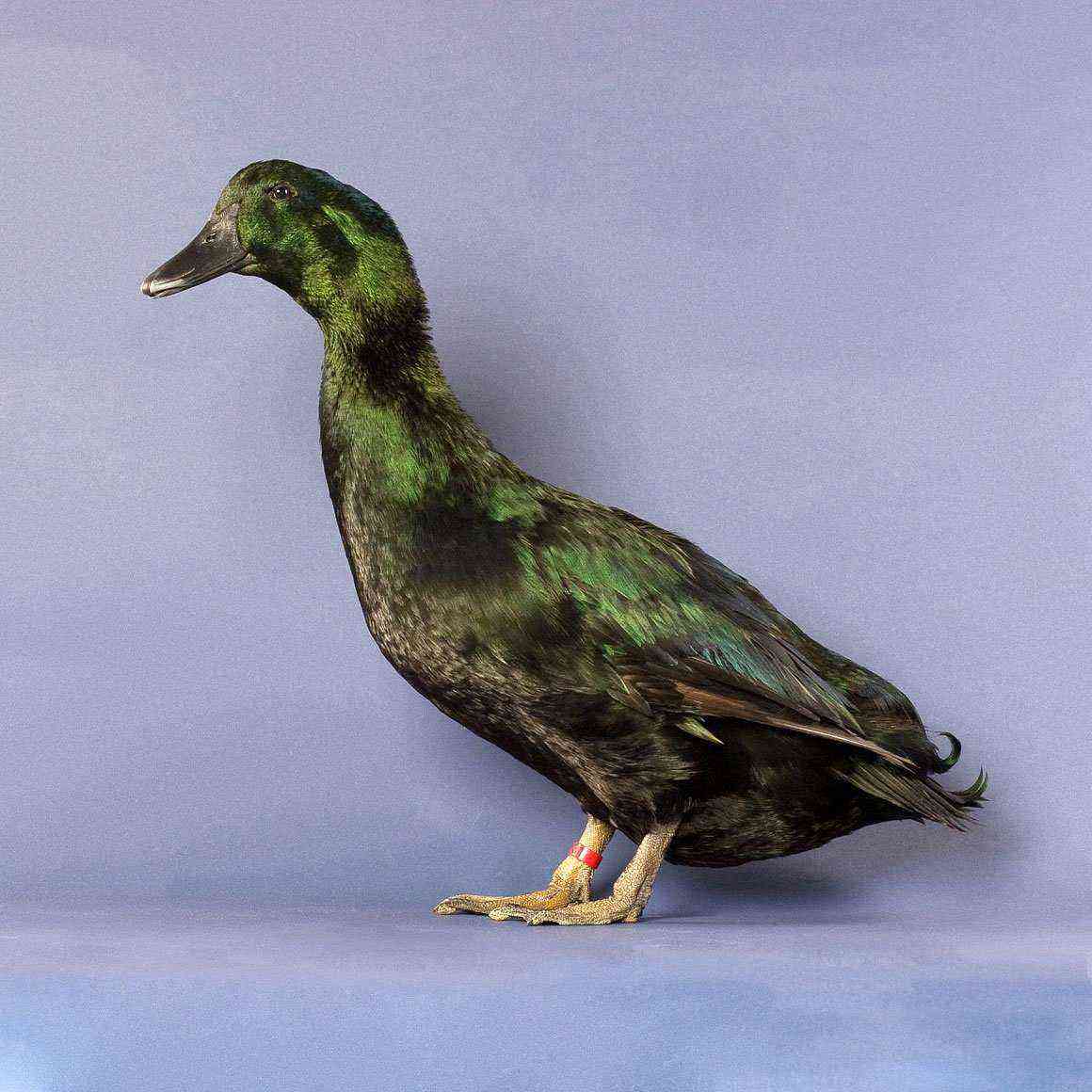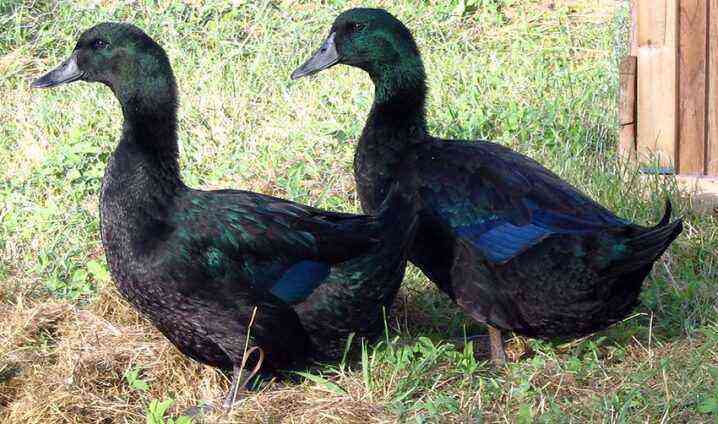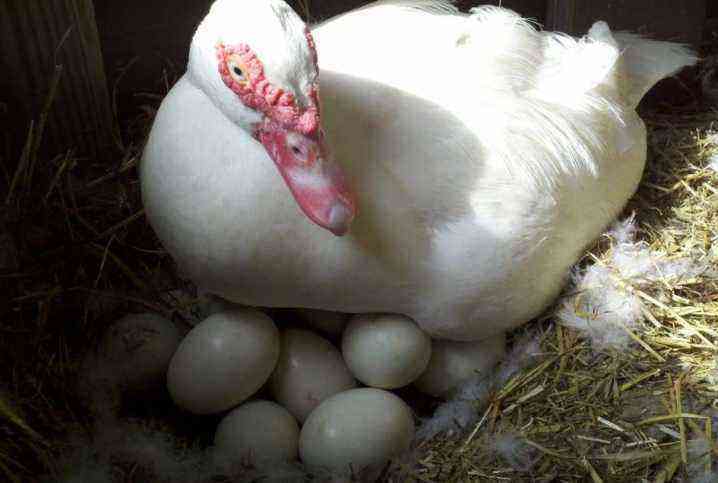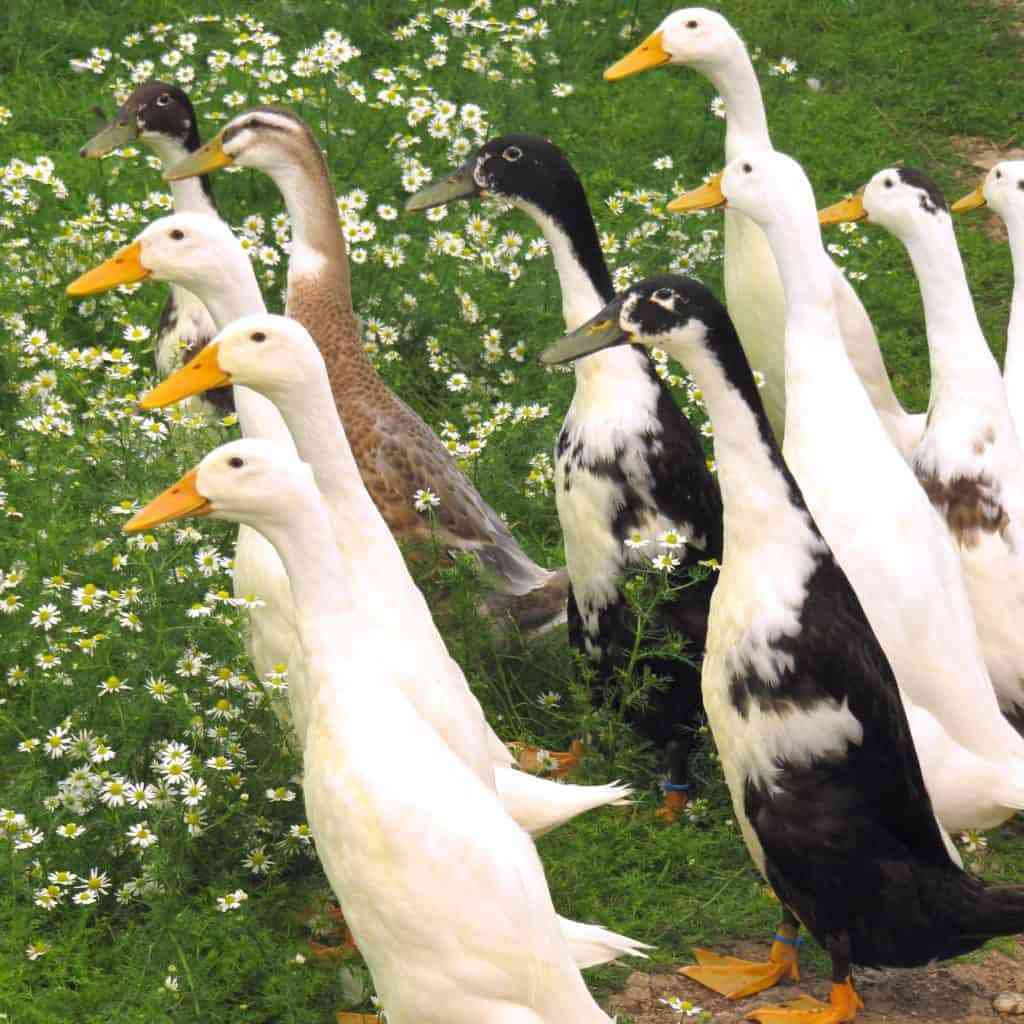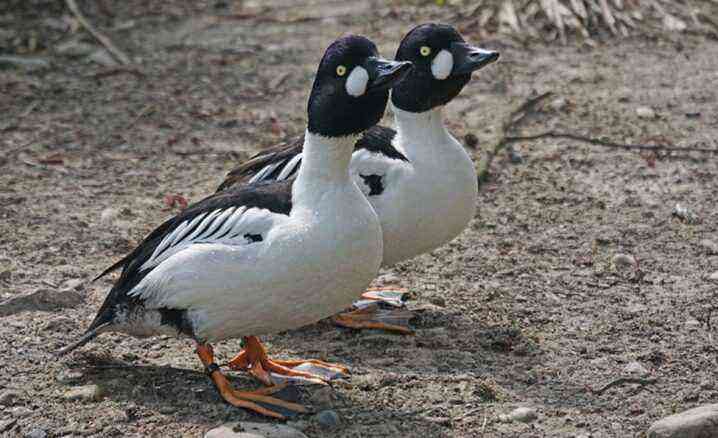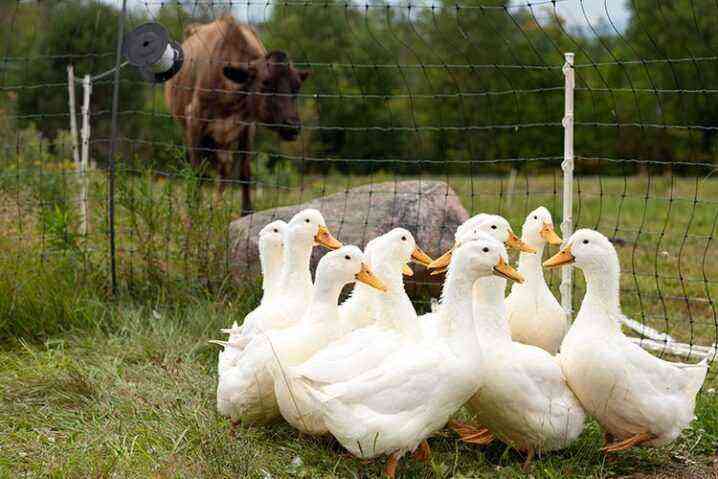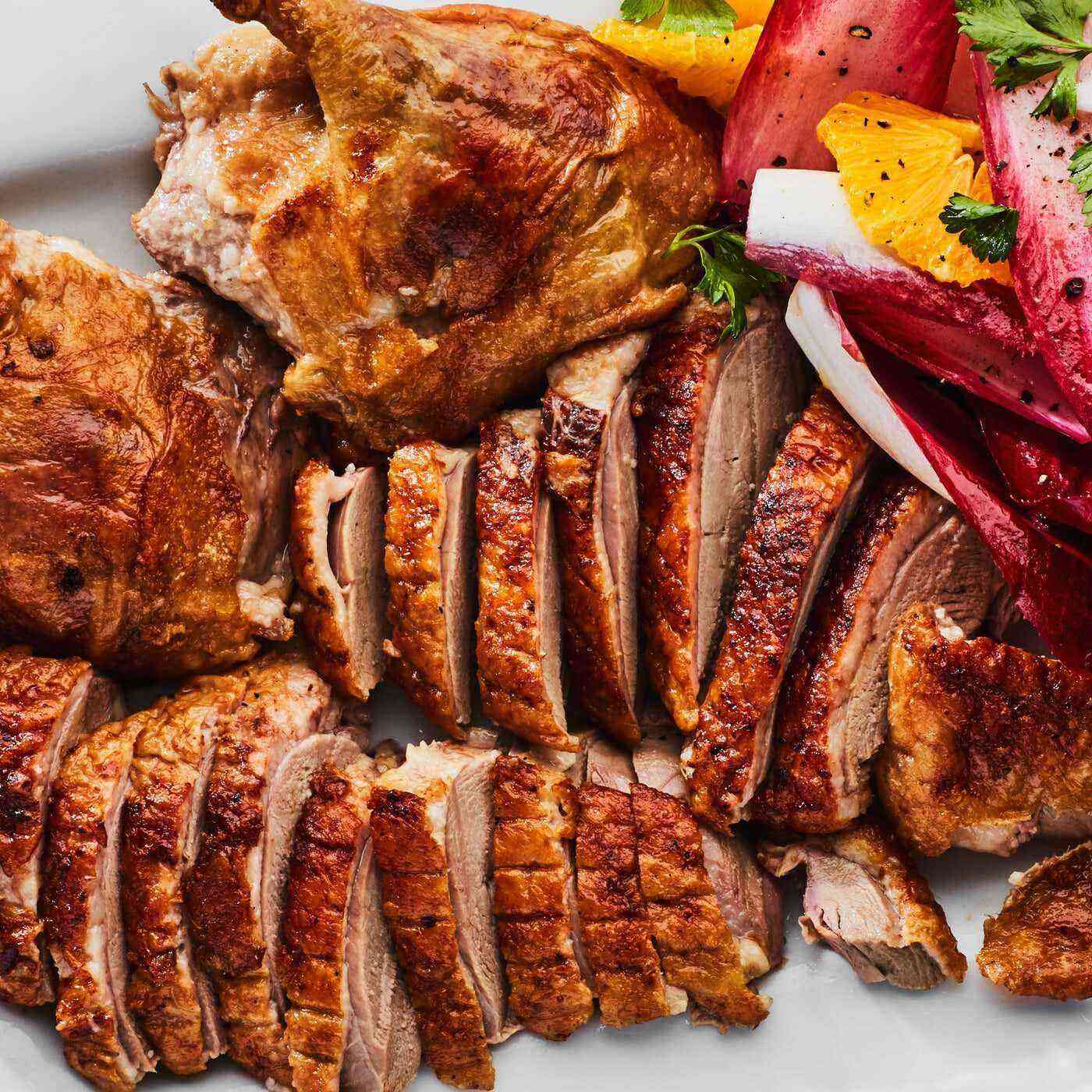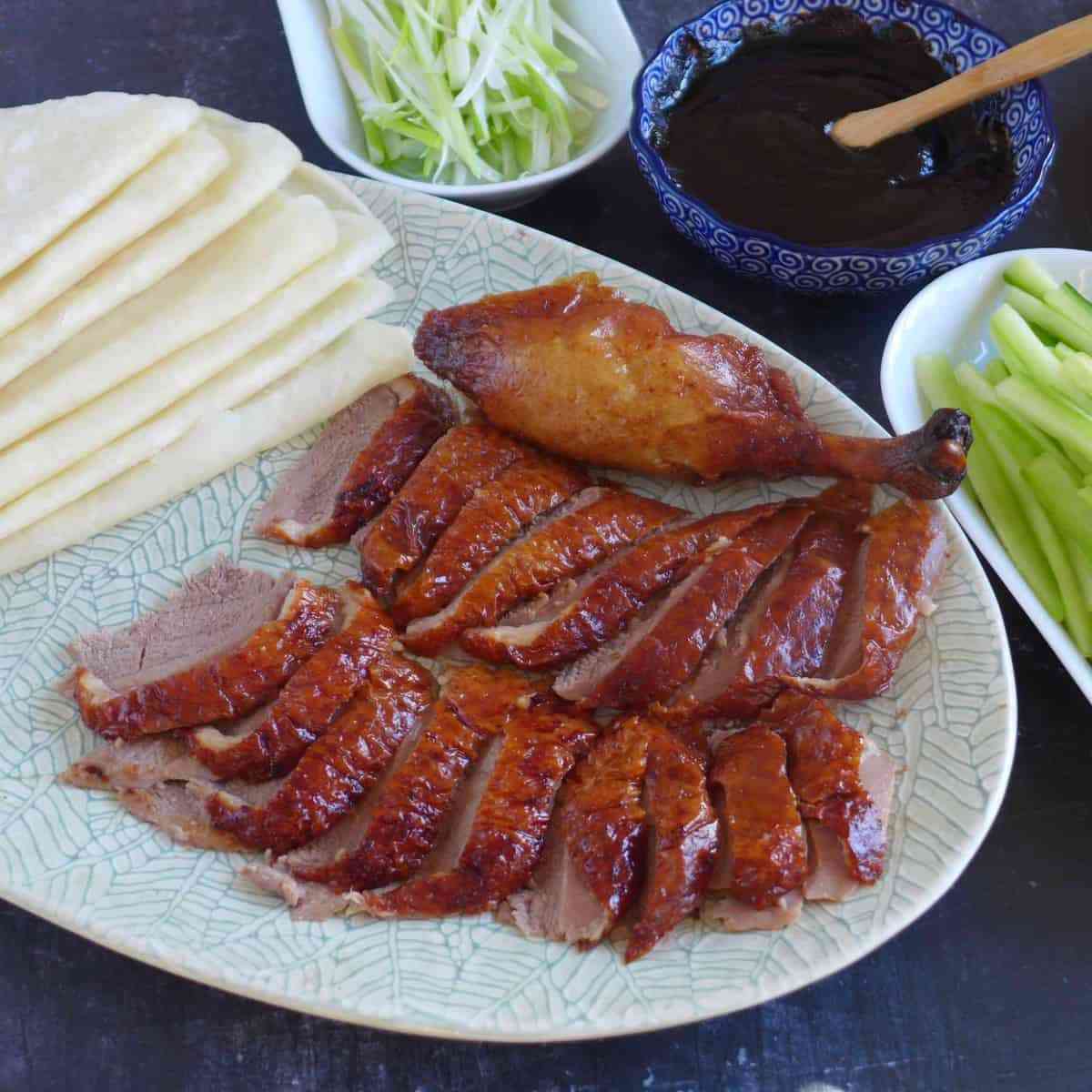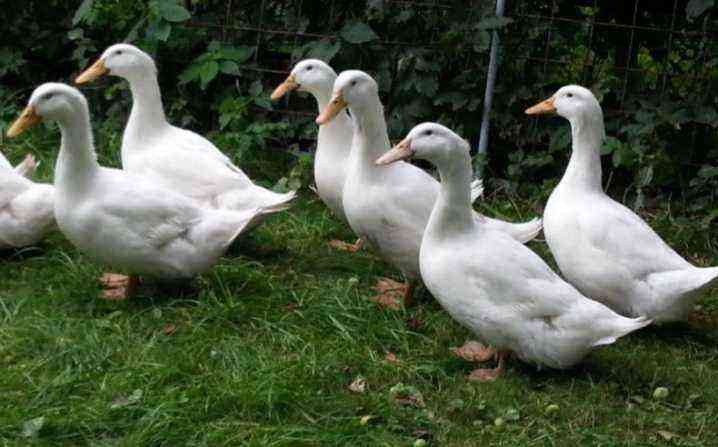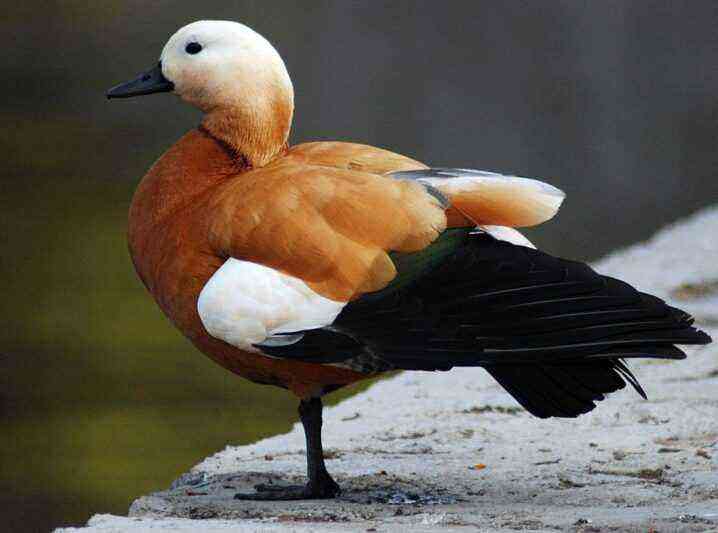Indians are very profitable birds to keep. They are quite unpretentious in food and with minimal food costs, they quickly gain weight. For comparison: the Muscovy duck grows at the same rate as the Peking duck, but at the same time consumes 2 times less food. In the warm season, the Indian duck is quite capable of finding its own food on its own, walking in the pasture.

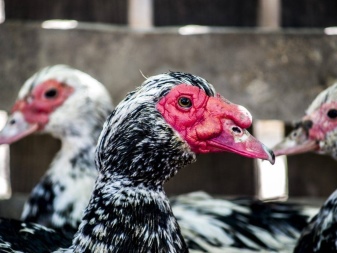
Basic diet
Growing indoutok in a private courtyard is a rather profitable occupation. The mass of an adult drake reaches 6 kg, and the mass of females – 3,5–4 kg, while the cost of food is negligible: the basis of the nutrition of the musky duck is dry grains with a small addition of green mass and vegetables. There are 2 main methods of feeding indoutok.
- The use of feed. In this case, preference should be given to products from trusted manufacturers. It is necessary to monitor the quality of the product, the presence of vitamins, as well as useful micro and macro elements.
- The use of grains with the addition of nutritious ingredients. The latter are usually sources of vegetable protein (peas and lupins). And also the food is enriched with prebiotics, vitamins and, of course, calcium. The composition of the cereal mixture should be as diverse as possible: corn, as well as barley, oats and wheat.
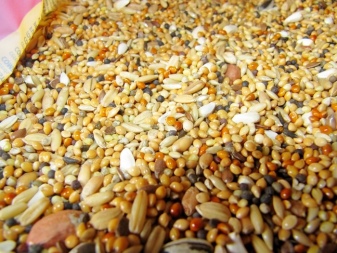
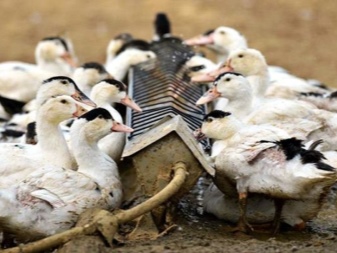
To maintain a normal life, Indo-woks require dairy products, as well as meat and bone and fish meal. Fats are extremely important for maintaining strong immunity of birds. They get them from oilseed meal. In order for ducks to be supplied with all the vitamins they need in sufficient quantities, they need vegetables, as well as juicy green herbs. It will not be superfluous to add fat-soluble vitamins to food. And to provide the body with minerals, crushed chalk, shell rock or eggshells are introduced into the feed.
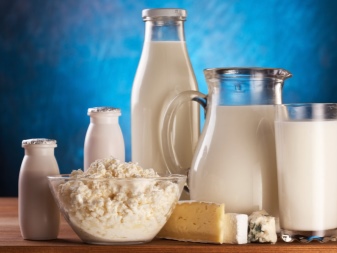

Vitamins and minerals
For the full growth of the duck, maintaining its good health and fast fattening of the feathered a wide range of vitamins, micro- and macroelements is required.
- Vitamin A affects the immunity of the bird, is responsible for stimulating growth and weight gain. The source of the vitamin is egg yolk and fish oil. In addition, carotene must be present in the diet. His birds can get from green grass, clover and carrots.
- Vitamin D responsible for the absorption of calcium and fluorine, affects the growth of bone mass, promotes the formation of a strong shell. It is present in large quantities in fishmeal, as well as brewer’s yeast, which should be included in the diet of indouts of any age.
- E affects on the fruitfulness of birds, stimulates their immunity. A good source of the vitamin are vegetable fats, lactic acid products and sprouted grains.
- K renders direct impact on blood coagulation parameters and metabolic processes in organs and tissues. The vitamin can be found in carrots, spinach, green peas, and alfalfa.
- B1 allows the body of birds to resist infections and viruses, regulates the nervous activity of birds. The source of this vitamin is yeast, bran, juicy greens and dairy products.
- B2 is extremely important for the normal development of young indochka, is present in yeast and grass.
- B3 promotes normalization protein and lipid metabolism, promotes the elimination of toxins from the body. The required amount of vitamin is provided by the intake of cake and meat and bone meal.
- B4 is important as a prophylactic against periosis – the so-called “sliding joint” in birds, in which the tubular bones thicken and the bones of the metatarsus are deformed. Vitamin enters the body along with beans, yeast and beets.
- in need for the smooth functioning of the heart, blood vessels and nervous system. The presence of the vitamin is significant in carrots, white cabbage and ripe potatoes.
- B6 regulates protein metabolism, is responsible for hematopoiesis and the condition of the skin of birds. A significant amount is found in meal, bone meal and succulent herbs.
- B12 regulates protein metabolism, spurs the active growth of the bird. A rich source of this vitamin is animal fat, as well as fishmeal.
- Biotin affects the skin of the feathered and is responsible for the regulation of lipid metabolism. Found in legumes.
- C speeds up replacement of plumage, promotes the healing of small wounds in chicks. In the body of an indoo, it tends to be synthesized on its own, and can also come with greens and vegetables.
- Phosphorus and calcium play an important role in bone formation. Elements are necessary for adult females to form a strong shell. In a large number of substances are presented in bone meal, shell rock and chalk.
- Sodium regulates water-mineral metabolism in the feathered body, the source is simple table salt.
It is extremely important to provide birds with the optimal amount of vitamins and minerals daily. Getting everything you need from food is quite difficult, so most breeders resort to the use of special additives that are introduced into the feed of ducklings and adult ducks.

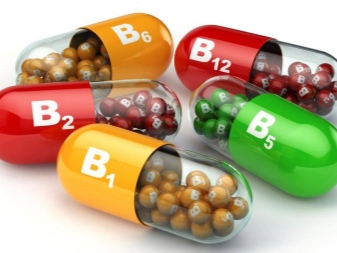
Rules and norms of nutrition
Features of feeding birds in different seasons differ, this is due to the availability of certain feeds. So, in warm weather, there is a lot of fresh greenery, and ducks can get most of the necessary food for themselves. In winter, the choice is significantly limited. In addition, a feature of musky ducks is their lack of subcutaneous fat. In this regard, in winter they are kept exclusively in a closed heated room, and the birds do not have the opportunity to get their own food.
In the summer, the diet of an Indian, as a rule, includes:
- juicy greens: all types of meadow herbs, as well as the tops of vegetable crops;
- vegetables: ripe carrots, squash, white cabbage, boiled beets and chopped pumpkin;
- cereals: millet, oats, crushed barley, and corn;
- legumes: green peas, young beans, lupins and their tops.
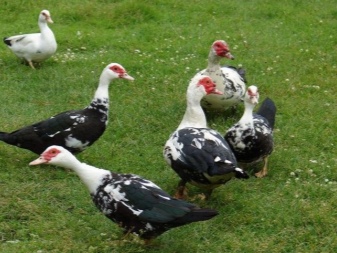
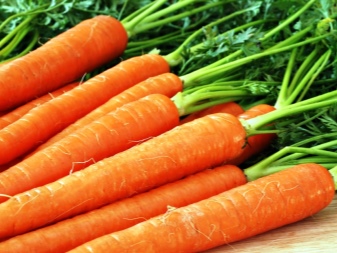
Indo-ducks on grazing eat worms, small insects and snails. If there is a river or a pond nearby, then they additionally eat duckweed and other aquatic plants. However, do not forget about the regular feeding of the bird. In summer, this is done twice a day, most often early in the morning and in the evening. An approximate daily diet of an indochka in warm weather is as follows:
- wheat – 30-40 g;
- oats – 25 g;
- crushed barley – 30–40 g;
- mineral components – 10 g.
The total consumption of cereals at this time is about 100 g, everything else to maintain the full growth and development of ducks is obtained in natural conditions on grazing. Do not forget to provide birds with water in a timely manner: one adult consumes about 5 liters of water per day.
The cost-effectiveness of keeping indo-ducks in the summer has led to the fact that most farmers buy young ducklings in the spring, and slaughter them by autumn. But with self-breeding of these birds, it is required to form a broodstock so that the ducks lay eggs. There are special requirements for feeding him in the winter.
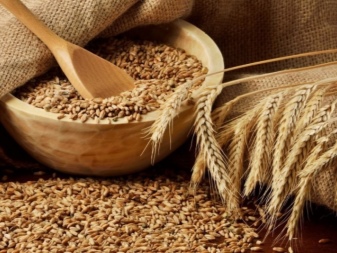
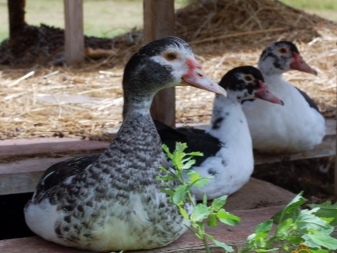
It is obvious that it is not possible to get juicy greens at this time of the year, therefore, since autumn, breeders have been preparing large stocks of silage and grass meal necessary for birds. The main share of the menu is cereals, as well as root crops, bran and meal. In some cases, indoutok is transferred to special compound feeds that already contain all the necessary ingredients. Usually, the mixture for feeding musky ducks in winter is made up of the following products:
- wheat – 30-40 g;
- barley – 25–30 g;
- oats – 25–30 g;
- wheat bran – 20 g;
- meat and bone or fish meal – 10–20 g;
- herbal flour – 10-20 g;
- boiled potatoes – 20–25 g;
- silo – 30-40 g;
- salt – 1-2 g;
- mineral supplements – 10 g.
In the cold season, each Muscovy duck requires about 200 g of the mixture per day. Additionally, you can add potato peelings, cabbage leaves to the prepared food. The inclusion of sunflower cake in the menu will not hurt.
At the same time, it is impossible to overfeed birds with such products: the abuse of high-calorie food leads to obesity, which most adversely affects egg production parameters.
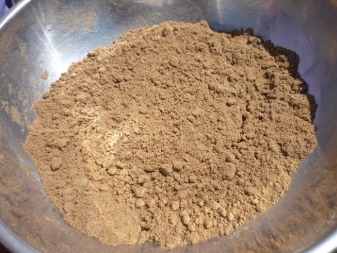
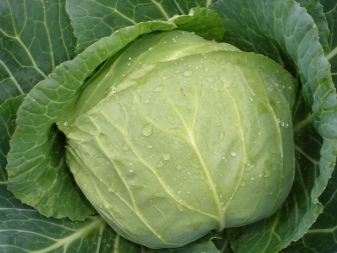
Feeding at different periods of life
Feeding indoutok of different ages has its own subtleties. So, in the very first 3 days of life, the young are fed and watered forcibly. Usually they give grated hard-boiled eggs. On the second or third day, cow’s milk and wheat bran are added to them. As a rule, on the 3rd-4th day, the chicks begin to show interest in food and peck the food on their own. Products must be crushed.
By the age of one week, beet tops and spinach, as well as low-fat cottage cheese and crushed cereals, can be safely introduced into the menu. At the same time, mineral and vitamin supplements are added to the feed. From 3 weeks of age, Indian women should be given boiled potatoes.
If you do not adhere to nutritional standards, then the ducklings will gain weight very slowly. For the full growth and development of young animals, they need daily addition of vitamin supplements to the feed. For 10 ducklings, you need to add a couple of tablespoons of crushed chalk and a spoonful of fine gravel to the feeder.
By the end of the first month, the diet of the Indochka becomes quite diverse: at this time they already eat grains and sour-milk products, bran, meat waste, vegetables and chopped greens.
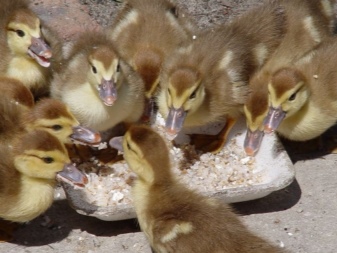
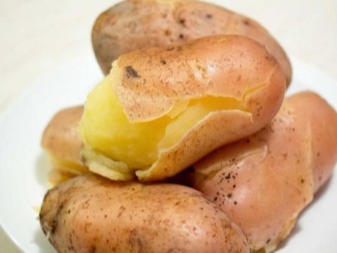
How to properly fatten an Indian?
In most cases, indoutok are grown at home for meat. The most profitable age for slaughter is 2-2,5 months. By this time, the birds are gaining a mass of about 2,5–3 kg. Feeding before slaughter has its own specific features. It is extremely important at this moment to make a diet in such a way that the bird gains weight as quickly as possible and forms a fatty layer.
By the way, ducks of this breed have a tendency to enlarge the liver, and in terms of its taste properties, this product is in no way inferior to goose.
In order for the birds to gain weight as quickly as possible, they are usually kept without walking. For ducklings on intensive fattening, a special diet is needed. So, for a brood of 10 cubs, you should prepare a mixture in which you should put:
- 1,5–2 kg of compound feed;
- 200 g of boiled meat waste;
- 500-600 g boiled potatoes.

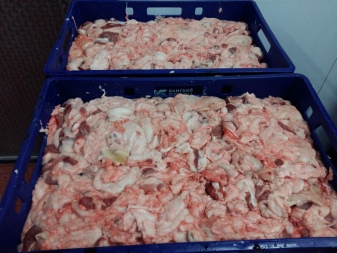
Scalded young nettle, alfalfa, beet and carrot tops, juicy grass are added in an arbitrary amount. Mineral supplements should be at least 10 g per individual. When fattening a muscovy duck, “Premix” or other vitamin complexes must be added to the food mixture.
Keep in mind that at the age of 2,5-3 months, the birds begin to molt and shed their feathers. The new plumage will already adhere more firmly to the skin – it is quite difficult to pull it out. During the molting period, ducks lose weight and become completely unsuitable for slaughter. This is another significant reason why the indo is slaughtered at 2 months, without waiting for the bird to reach its maximum possible weight.
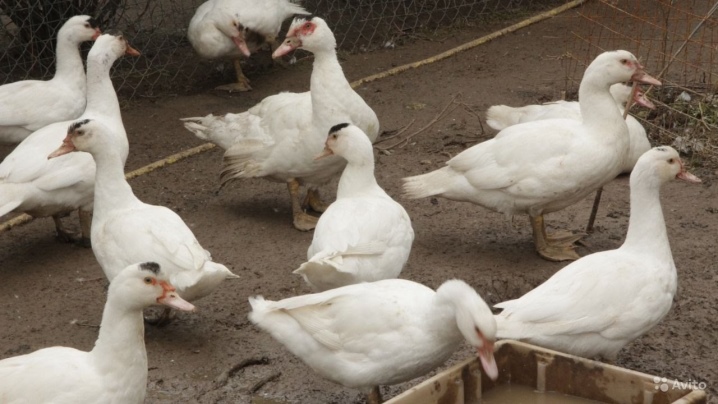
About the care and maintenance of indouts, see the next video.
